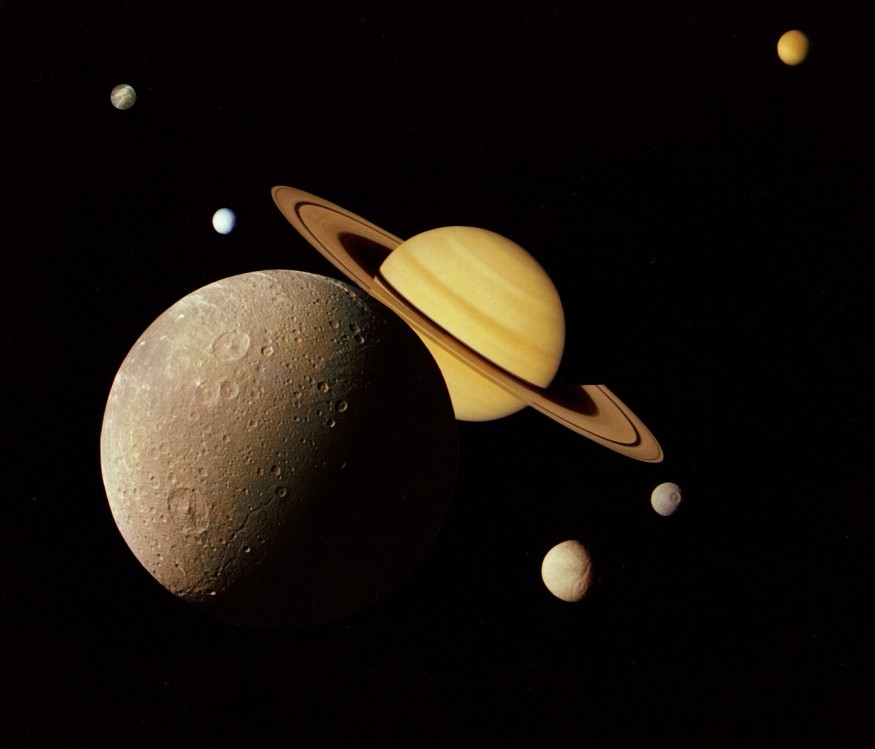
The majority of what is currently known about Enceladus is based on the Cassini mission, which looked into Saturn and its satellites from 2004 to 2017.
Unclear Organic Molecules in Enceladus Plumes
Much about Enceladus remained a mystery prior to the Cassini mission. The Cassini probe was then able to pick up and fly by the mist plumes that erupted from cracks over the icy surface of Enceladus. This revealed that a liquid ocean was present below its shell of ice.
Further analysis of the data gathered by the Ion and Neutral Mass Spectrometer (INMS) of the Cassini revealed that organic molecules were present within the plumes. These molecules included methane, carbon dioxide, molecular hydrogen, ammonia, and water.
However, due to the low mass resolution of the INMS, identifying the less abundant species was hard, as several possible mixes could fit the data. Hence, the profile of the plume's full composition stayed open-ended.
Going Deeper
The team of astrobiologist Jonah Peter from Harvard University re-examined the data taken by the IMNS and documented the findings in the "Detection of HCN and diverse redox chemistry in the plume of Enceladus" study. They made use of statistical modeling to compare information to a massive library of known wide spectra in order to identify what could have caused the patterns observed in the Cassini data.
Their findings confirmed earlier results while simultaneously shedding light on more organic molecules than what were initially identified. Their findings included acetylene, hydrogen cyanide, and propylene. These are compounds that implicate prebiotic chemistry, which is known to prompt life formation.
Peter writes that the results show that Enceladus houses a compositionally diverse and multiphasic chemical environment that matches a subsurface ocean that is habitable. The identified chemical species also suggest that the ocean could contain vital building blocks necessary for compound synthesis, which is crucial to life origins.
With this, the researchers have quite compelling proof that Enceladus contains an active hydrothermal environment. Its Saturnian orbit makes it stretch and compress, which leads to heating within its interior. The thermal energy could exit through the ocean floor's vents, offering an environment that could accommodate life.
However, the researchers cannot tell if their findings imply that life exists on the Saturnian moon. The molecules may just be a bunch that happen to hang out. However, the findings may also be extremely significant.
While the researchers could conduct lab experiments on Earth to see if Enceladus has dwellers or not, the only way to confirm this would be through further exploration.
Check out more news and information on Space in Science Times.
© 2025 ScienceTimes.com All rights reserved. Do not reproduce without permission. The window to the world of Science Times.












